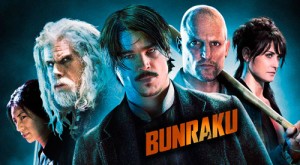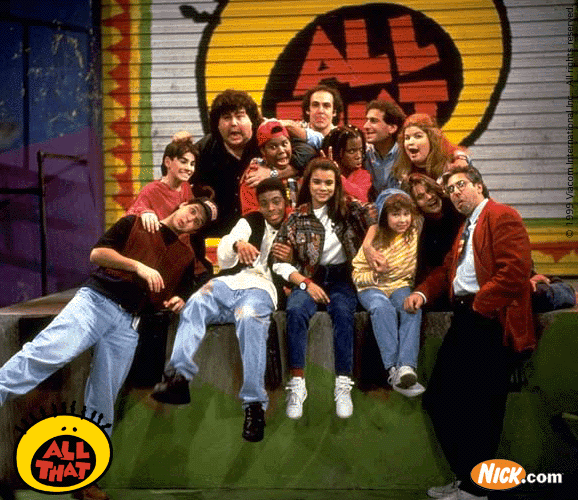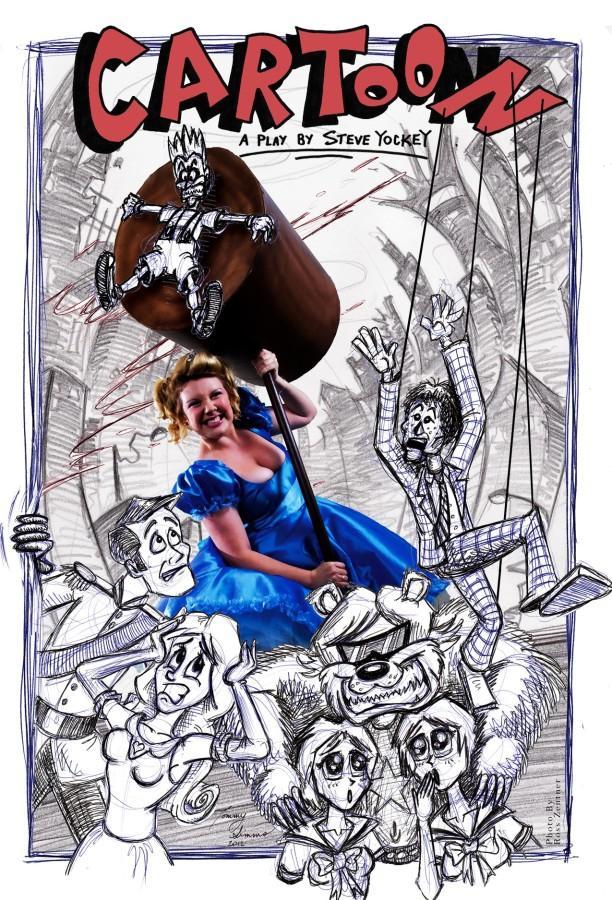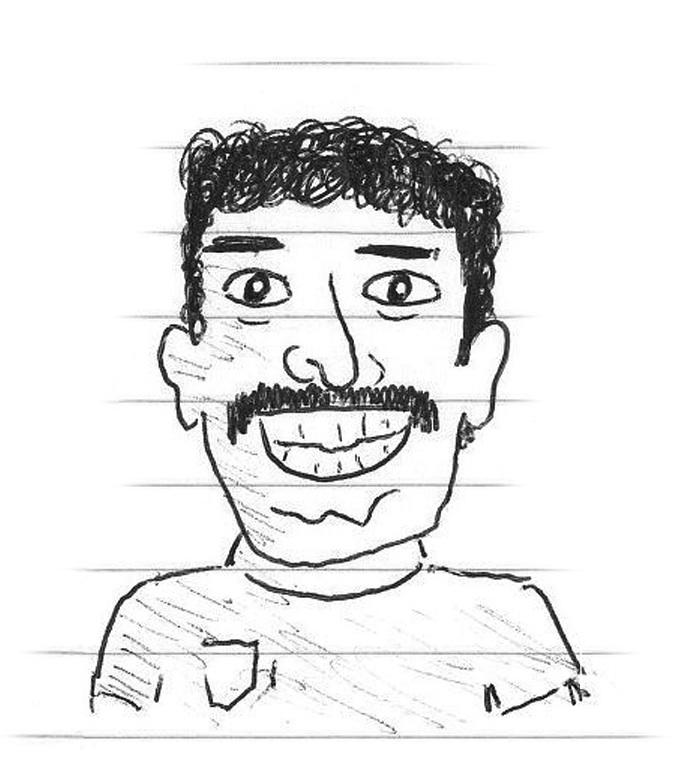
I have always wondered what happens when you mix a Japanese action film with a Western. That is “Bunraku” in a nutshell. The movie’s peculiar style of storytelling supplies the typical hero adventure of good versus evil, but it is told with a slight twist that distinguishes it from other movies.
“Bunraku” takes place in a fictional city heavily influenced by Japanese cartoon strips. The town is built through a mix of live-action sets and origami pop-ups. Immediately, the story introduces a woodcutter named Nicola (Ron Perlman), the most powerful man in the city who heads the city’s top-notch crime syndicate.
Nicola’s gang consists of an army of soldiers called “red-suits,” appropriately named for their, well, red suits. Above the red-suits are ten killers. Similar to SPECTRE in the James Bond films, each killer is assigned a number. “Killer #10” is the least important and “Killer #1” is Nicola himself.
A lone Westerner (Josh Hartnett) comes strolling into the local bar “looking for a game of cards” to win some money. He is known throughout the city as “the Drifter.” The barman (Woody Harrelson) discovers the Drifter is after Nicola for unknown, personal reasons. Sent by his father, samurai soldier Yoshi (Gackt) comes to the city in search of a stolen sacred medallion. After discovering that the medallion resides in Nicola’s possession, he sets his eyes on Nicola as well.
Yoshi and the Drifter join forces to take down Nicola’s gang. The duo fights off red-suits and “killers” in their quest to take down Nicola himself and end the city’s crime for good.
The cast skillfully makes the most out of a mediocre script. There is not much intellectual value to “Bunraku,” but highly-esteemed actors like Harrelson and Perlman make the most of the roles they are given, no matter how peculiar they may be.
The story is told in an unusual way that utilizes origami comic strips mixed in with live-action cinematography from Juan Ruiz Anchia. Anchia’s lighting brings the movie to life with its vibrant colors and fast-paced movement, complementing the fight scenes well.
After a rather impressive origami opening title sequence comes the first fight scene, which occurs between red-suits and a mob of local contesters. Shortly after that wraps up, a new skirmish begins in a different setting with different characters. Once that one comes to an end – surprise! Another fight scene breaks out.
This formula entertained me for the first hour of the film, but it got old rather quickly. The second half of the movie felt like a rehash of the first. By that point, I was able to correctly guess who would win the fight and how they would win based on the events from the first act.
Director Guy Moshe tells the story in a helter-skelter manner, jumping back-and-forth between the different characters and their subplots. However, the overall plot is rather dull and has already been told in several other films. The evil baddie comes to take over the town, and it is up to the good guys to stop him.
“Bunraku” mixes all kinds of genres into one story, which makes it stand out from any other action film. In fact, it is hard to classify it solely as an action film. There is a taste of Western, martial arts and just about every other genre in “Bunraku.” That variety is hard to find in current cinema.
Watching “Bunraku” certainly is not the worst way to kill two hours because some viewers may find it awesome to see a samurai and cowboy fighting hand-in-hand. Unfortunately, the movie’s predictability and stale plot make it just an average viewing experience overall for the audience.
★★ ½ out of 4




